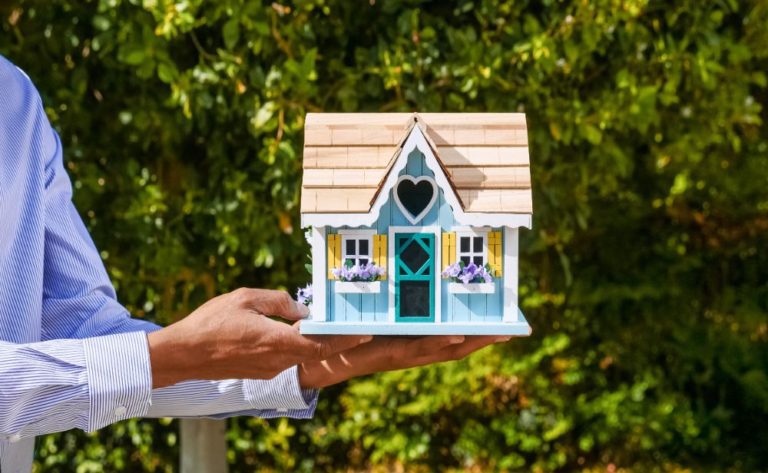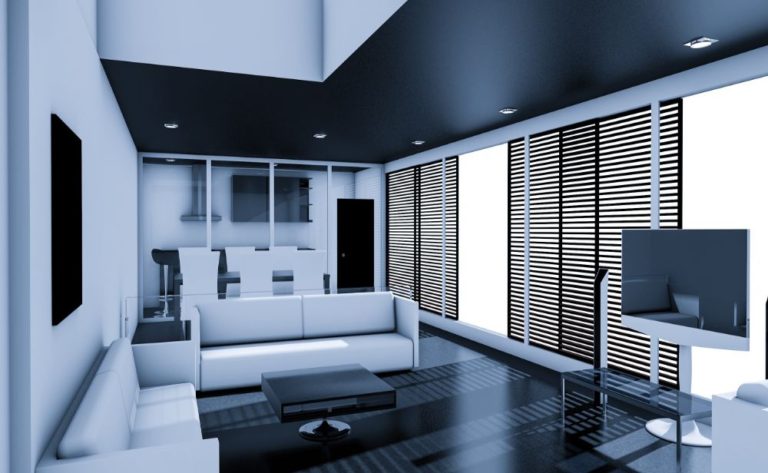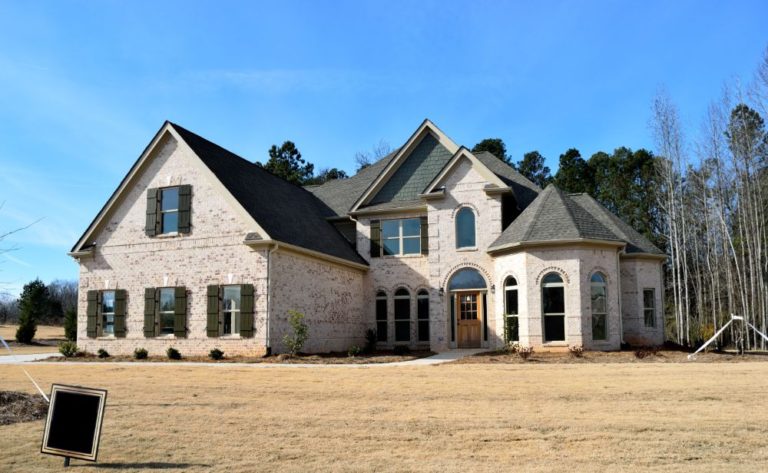New Construction vs Existing Homes: The Pros and Cons of Both
Due to the competitive nature of the current property market, prospective buyers are likely to look at every house that is currently on the market. Both newly constructed homes and homes that have been on the market for some time each have advantages and disadvantages that set them apart from one another. Here are some things to think about when deciding whether to buy a home that’s been recently built or one that’s already been lived in.
The advantages of recently built structures
Floor layouts that are up to date and can be customised
If you decide to have a home constructed just for you, you can collaborate with the builder to design a classic or contemporary floor plan that is functional for your family’s needs. Want to work from home but don’t have a dedicated office space? They are able to construct it. When you acquire newly built real estate that has already been finished being constructed, there is a strong probability that the design of the interior will be more contemporary and include open floor plans. Homes that have recently been built typically have rooms that are more spacious, brighter, and filled with plenty of natural light. This is especially true for bedrooms and baths.
Personalized surface treatments
If you get in touch with the builder before the project is finished, you may be able to change the finishes that are made from builder-grade materials. This is true even if you are not receiving a bespoke home. Including some of your own personal touches may result in an increase in expense for you, but it may be money well spent in your eyes.
Conservation of energy
Modern “smart” appliances and household systems consume less energy than their predecessors. In addition, insulation and windows that are more energy efficient create homes that are more airtight and, as a result, cost less to heat and cool than previous versions. As a result of all of this, your utility costs will be cheaper.
The use of “Smart” technology gives you the ability to automate a variety of home electronics, including the internet, cable, speakers, and even an alarm system. The use of paints and building materials with low or no VOC (volatile organic compound) contributes to an improvement in the quality of the air inside of newly constructed dwellings.
Reduced need for upkeep
Because everything in a freshly built home, including the appliances, heating and cooling system, and roof, is brand new, the home often requires less care. Because of this, you will likely spend less money on maintaining your property, which will allow you to more accurately anticipate the costs of homeownership on a monthly basis.
Builder warranties
Numerous recently constructed homes come with warranties that will protect various aspects of the home for a number of years before requiring significant maintenance or renovations.
Brand new residential neighborhoods
Buying anything brand new usually entails investing in a new way of life. Amenities such as parks, pools, and communal areas are frequently included in master-planned or planned communities. These communities are typically located close to schools and public transportation. Locating a builder who provides the things that are important to you is essential.
Appeals to customers who place a high priority on adaptability.
If you don’t have to go anywhere immediately, the amount of time it takes to finish a new building project can give you some breathing room. You have the option of putting in an offer on a house that either hasn’t been built yet or is still in the preliminary phases of building, and you may move in whenever the home is finished. There are certain buyers for whom the timeframe does not work, which means that you may have less competitors if you are willing to be flexible with the deadline.
The opposite viewpoint
Costs that could be significantly higher
In most cases, the cost of a newly built home exceeds that of an existing one’s resale value. For instance, the median sales price of an existing home in the United States increased to approximately $391,200 in April 2022, while the median price of a brand new home surpassed $450,600 during the same month, representing a difference of about $60,000 in the two prices.
Possible increase in travel time
Generally speaking, new development of detached single-family homes with one family living in each typically occurs outside of urban areas. It may take longer to get to places of employment, grocery stores, and hardware stores from here, but there is a greater availability of bare land. It’s possible that suburban and rural locations have fewer close opportunities for dining out, experiencing culture and the arts, and having fun than metropolitan areas do. On the other hand, in urban locations, you might be able to discover newly built apartments, townhomes, and even a few single-family homes closer to the centres of cultural activity.
Insufficiently developed mature landscaping
It takes years for new landscaping to reach its full potential. Landscaping around a home in a new development where dirt has been cleared to create place for homes and yards might feel stark and exposed until plants and landscaping elements lend life to the site.
Additional waiting time and the possibility of delays
This is not a consideration when looking at newly built houses that have already been moved into. However, if you are constructing a home to your specific specifications or placing an order for a home while it is still in the development phase, the process could take many months longer than moving into an existing home. The amount of time will vary by market and builder, so you’ll want to consider budgeting time for potential delays.
Existing homes provide a number of advantages.
Prepared for occupancy
It’s less probable that you’ll uncover surprises that push back the day you can move in once you close. When you obtain the keys to the house, you’ll be able to move in right away unless you’re planning on doing substantial renovating beforehand or you’re purchasing a home that needs work.
Established neighborhood
A well-established community not only has mature trees and landscaping in the public spaces like streets and parks, but also in private spaces like your own and your neighbours’ yards. This is one of the many things that makes living in an established neighborhood so enjoyable.
Alternatives with lower prices
Existing homes almost always come in at a lower price point than newly constructed ones. According to research conducted by Zillow, the median sales price of an existing home in the United States in the fall of 2021 was $354,000, whereas the median sales price of a brand new home was $400,000. These disparities are likely going to be present well into the foreseeable future on account of inflation and material shortages.
A wider variety of possible locations
The majority of newly constructed detached single-family homes are constructed in rural locations. When it comes to deciding where you want to live, buying an existing property often affords you a great deal more flexibility.
Fewer decisions
Building a home from scratch requires the homeowner to make a large number of decisions. This encompasses everything, from the floor plan to the materials and finishes used on the interior and exterior of the building. If you buy a house that already exists, you can direct your attention to the parts that require updating or that you want to modify to represent your own unique sense of style and preferences.
The history of architecture and its components
Homes that are more than a few decades old are more likely to include architectural characteristics that are both difficult and costly to recreate. In addition, they frequently have fascinating histories that come with them, of which you will become a part when you move in.
The opposite viewpoint
Floor plans that are out of date
There is a low probability of finding contemporary floor plans in older homes that have not undergone significant renovations. In older homes, the kitchens and bedrooms, and even the front rooms, were created for a different age, which may not be compatible with the kind of space you’re looking for in your new home.
Outdated machinery and equipment, as well as fixtures
When it comes to technology, older homes may be severely behind the times; some of them may even have knob-and-tube wiring, which was common in homes built in the first part of the 20th century. It is possible to upgrade wiring and install smart technology to replace old thermostats and lighting; but, it is more expensive to undo something and then redo it than it is to install it when the home is being built from the ground up with the smart technology already included.
Inefficient use of energy
It’s not uncommon for older houses to have poor insulation and a reliance on polluting heating sources like oil.
The possibility of additional maintenance and repairs.
Unanticipated costs associated with repairing ageing appliances, roofing systems, or heating systems can force you to spend money in areas you hadn’t planned to.






